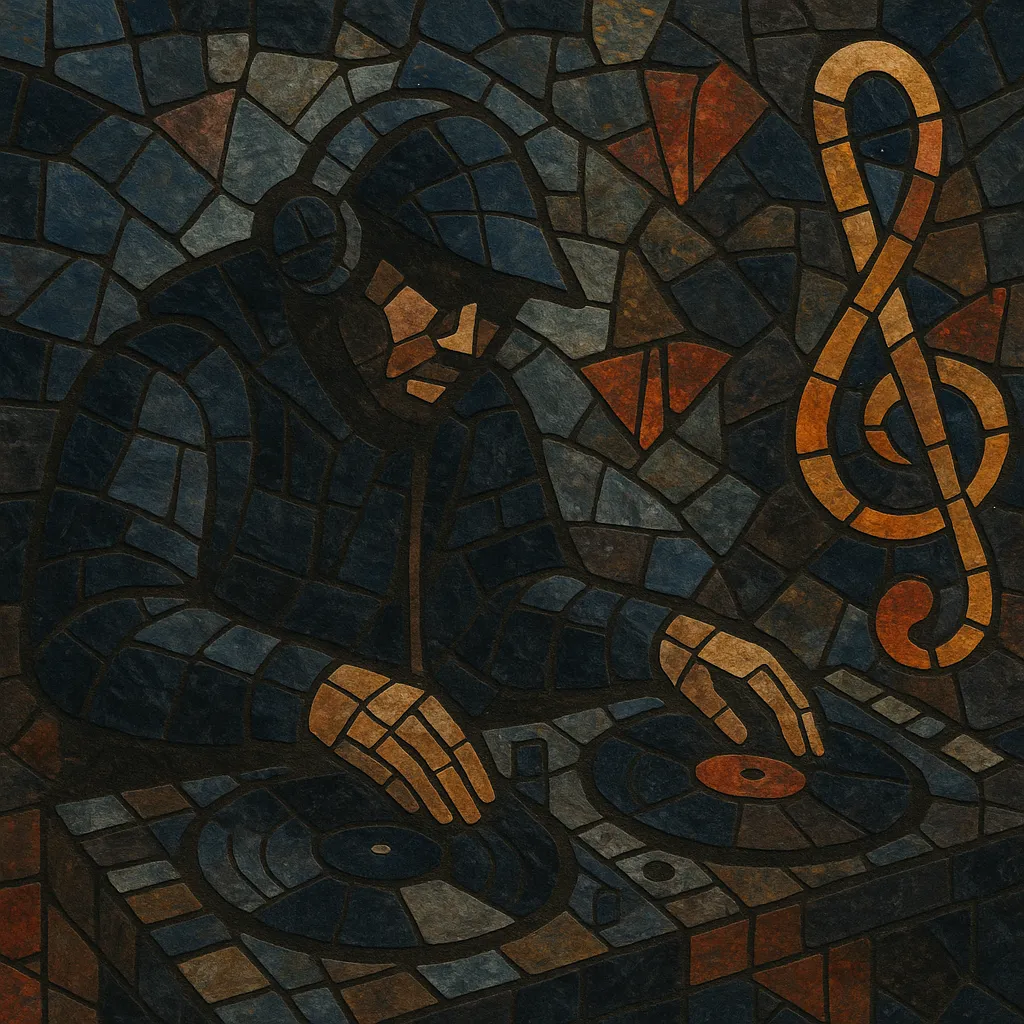Krushclub is a chill, beat‑driven microgenre of instrumental hip hop and downtempo centered on the moody, cinematic sound popularized by Japanese producer DJ Krush and his global circle of peers. It blends head‑nodding boom‑bap rhythms, spacious ambience, and jazz‑inflected harmony with turntablism and sample collage.
Tracks typically move at a languid, hip hop tempo, foregrounding textured drums, dusty vinyl atmospheres, and minor‑key progressions. The result is nocturnal and introspective—music equally suited to late‑night listening and headphone immersion, where the grain of samples and the art of the mix are as important as melody.
Emerging in the mid‑1990s, krushclub crystallized around DJ Krush’s atmospheric, jazz‑leaning take on hip hop production. Drawing from New York boom‑bap, Bristol trip hop, and Japanese jazz heritage, producers fused sparse drum programming with turntable techniques and cinematic sampling. Early albums and collaborations introduced a darker, more minimalist palette that prioritized space, texture, and mood over radio‑centric hooks.
As trip hop and instrumental hip hop spread internationally, a network of DJs and producers in Japan, Europe, and North America developed a shared vocabulary: upright‑bass loops, brushed snares, noir chords, and layered scratches. Independent labels and record shops cultivated the scene, while live sets combined MPC performance with turntablism and visual elements.
Digital platforms sparked renewed interest in slow, textural beat music. Krushclub’s DNA—dusty drums, jazz harmony, and filmic ambience—influenced lo‑fi hip hop, jazz beats, and contemporary instrumental rap. Producers continue to refine the sound with modern synthesis and cleaner mixing, while preserving its core focus on atmosphere and groove.


